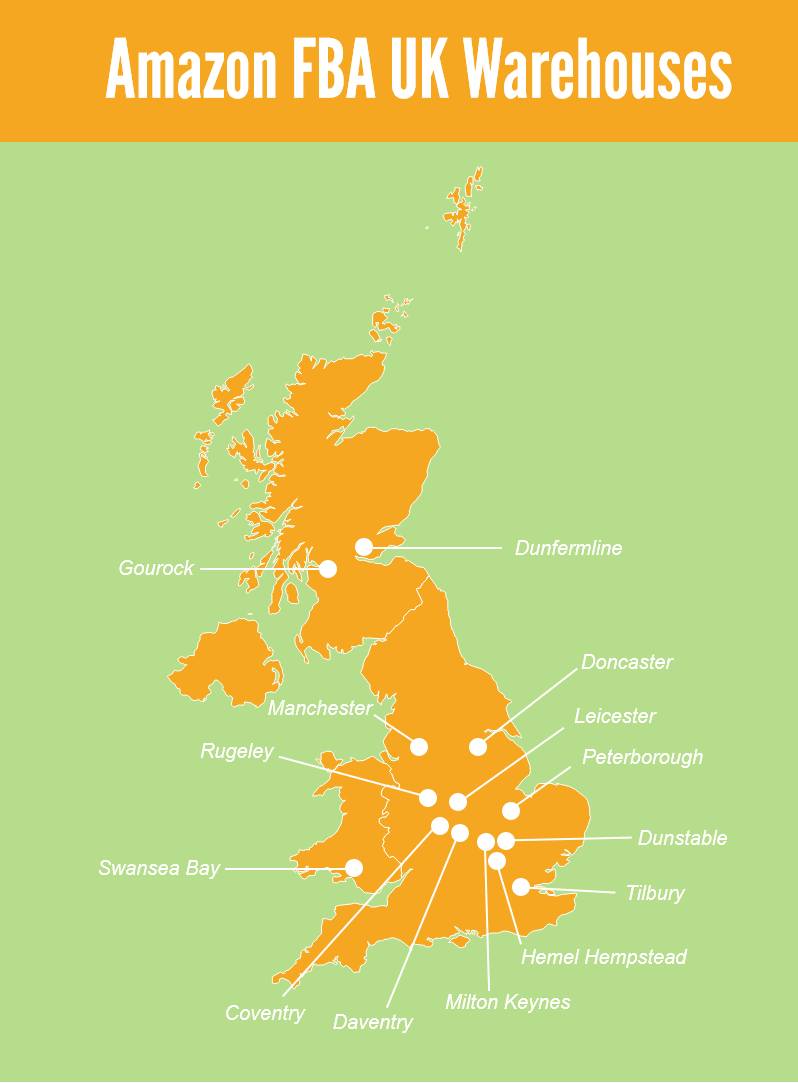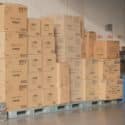With the internet instantly accessible at our fingertips, it’s no surprise that more and more people are turning to non-traditional ways to earn money. Online businesses are an incredibly rewarding and profitable endeavour – but how do you set one up? Today, we’re explaining in detail how to import goods from China to sell on Amazon.
-
The Process Of Importing From China To Amazon...An Overview
-
Identify what product you want to sell on Amazon
The first step in starting your own Amazon business is to decide what it is that you want to sell on Amazon. There are many ways that you can gain inspiration on what to sell, but the really important part of this step is validating your idea. You don’t want to invest all your savings in a product that nobody wants, so make sure to do your market research and validate the idea ahead of time.
If you’re stuck for inspiration, take a look at our 50 Ideas Of Things To Import And Sell In The UK.
-
Start looking into suppliers
Once you know what you’re looking for, you can start investigating suppliers and looking for the right one for you. There are multiple ways that you can go about finding a supplier (hiring a sourcing agent to do it for you, visiting China and using Alibaba are common methods) but you need to be incredibly vigilant and make sure that you find a trustworthy one. Your supplier controls everything about your product – and your product is what your business is built on.
-
Order a sample to quality check
After you’ve done your initial research and selected a supplier, ordering a sample is vital. This will allow you to test and examine the product before you invest in a bulk order of it. Although this is an essential step in the process, it is important to be aware of the fact that suppliers may send out higher-quality samples than the final product. Controlling quality needs to be a priority when you import from China, so make sure that you’re on top of it.
-
Once happy with the quality and manufacturer, order a bulk amount
Once you’ve done all of your due diligence and are sure that you wish to go ahead with the shipment, make a bulk order.
-
Import to the UK using sea or air freight
To transport a large amount of goods internationally, a courier service (which is how most people are familiar with their goods being transported; companies like FedEx and UPS are courier services) is going to charge you through the nose. You’ll want to use freight.
Freight is the movement of bulk goods and is a significant amount cheaper than courier services; however, it is also a significant amount more difficult to use freight and the process is far more involved (which is why our service exists!). Sea freight is often the cheapest option.
-
If using FBA, send to a fulfilment warehouse
If you’re using Amazon FBA, you can get your goods imported directly to an Amazon Warehouse. This streamlines the entire process and means that you can get your goods sold and dispatched much more time-efficiently.
-
List the products on Amazon
If fulfilling the orders yourself, once your goods have been delivered, you then need to list them on Amazon (using your Seller Central account). You may need to do this before the shipment leaves the factory in China (if delivering to FBA)
-
Once they’ve sold, send them out to customers
The final step is to fulfil your orders! If you’ve utilised Amazon FBA, this duty doesn’t fall to you – but if you are holding inventory yourself, you will need to be the one that fulfils your order.
Save
Save
Save
Save
Save
Save
Save
Save
Save
Save
Save
Save
Save
Save
Save
Save
-
-
Setting Up An Amazon Business Before Importing From China
Surprisingly, the requirements for becoming an Amazon seller are pretty minimal – you don’t need to be an e-commerce whiz to set up and get the ball rolling. The entry barrier is low, so there’s no excuse – get selling!
All you need to start up an Amazon business:
- An Amazon seller account
- Some stock
- Barcodes for your products (if they are unique you’ll need to buy a barcode for them… see private labelling/retail arbitrage below)
That’s it! To set up a seller account, all you need is the same information you’d submit to make an order – your name, address, credit/debit card details and a bank account.
-
Private Labelling Vs Retail Arbitrage
A decision that you’ll face when you import to sell on Amazon is whether to go the private labelling or retail arbitrage route.
Private labelling is when you import white-label goods and sell them under your brand, whereas retail arbitrage is when you sell an existing product as an additional seller on a listing. There are pros and cons to both methods of selling – however, it depends on the goal of your business.
Deciding on private labelling or retail arbitrage is essential when planning your Amazon business as it is an important factor in deciding which products you want to import and the kind of market research and planning that you need to do.
Save
Save
Save
Save
Save
Save
Save
Save
Save
Save
Save
Save
Save
Save
Save
Save
Save
Save
-
Market Research Before Importing From China
Market research is another crucial step in the process – making sure that your idea could make for a viable business before you sink your life savings into buying and shipping it is probably a good plan. When looking to sell on Amazon, there are a variety of ways that you can conduct market research and identify whether there’s any demand for your product.
JungleScout
The first of these market research methods is one of many market research tools – JungleScout.
Jungle Scout Sales Estimator is a free tool that allows you to see the (estimated) amount of sales that a product has on Amazon. This is useful in identifying whether there’s an interest in a product or not and whether the current amount of sales is enough to make it worthwhile for you to enter the market.
Using The Amazon’s Best Sellers Page
Another tool you can use to monitor what is selling on Amazon is the best sellers page. Amazon releases their best sellers free of charge – so it may be easily overlooked. However, don’t underestimate the power of being able to see which products are selling the most units; this can give you some very valuable insight into what audiences are looking for.
There are many different ways that you can test the waters for market interest in your product (you could even try importing a very small amount first and seeing how they perform before diving into the deep end).
Save
Save
Save
Save
Save
Save
Save
Save
Save
Save
Save
Save
Save
Save
Save
Save
-
Sourcing Products From China For Amazon Sales
Once you’ve decided on a product, you then need to find a supplier to manufacture it for you. When you import from China, there are multiple ways that you can go about finding a supplier.
- In person
- Online
- Via a sourcing agent
Most people opt to find their suppliers online (understandably; trips to China are pretty costly) through sites like Alibaba – but let’s get into a little more detail.
Sourcing Suppliers Online
If you’re looking for a Chinese supplier online, there are a few ways you can go. Google is always a trusty friend and you may be able to use forums to find highly recommended suppliers too.
However, the most commonly utilised method is Alibaba, the world’s largest B2B marketplace.
Alibaba is an online marketplace with a massive selection of products ranging from mugs to animatronic dinosaurs. The familiar, easy-to-use interface allows users to navigate the marketplace to find their desired products easily – and all the safeguards allow them to purchase from high-quality suppliers too.
Sourcing Suppliers In Person
If you can make it to China, the best way to find suppliers may be meeting them face-to-face – this will allow you to see their working conditions, factory standards and product quality before you put an order in.
In addition to this, the business culture in China is very much entwined with personal relationships, so meeting your suppliers face to face and engaging in interaction with them could help to ensure your order goes smoothly.
There are ways of meeting suppliers face-to-face without travelling to China – trade shows and exhibitions. Although these allow you to meet suppliers and see their wares face-to-face in the UK, the downside to these is that they are usually reserved for importers in a particular niche. A brand-new importer may not be able to find any exhibitions relevant to them.
A Blend Of The Two?
If you can’t make it to China but aren’t quite comfortable enough to buy online, you can go for a blend of the two by hiring a sourcing agent to find your products for you. Sourcing agents will be able to visit suppliers on your behalf (and are well-versed in the business landscape in China) so they’re able to navigate suppliers and find high-quality products more easily than you may be able to.
-
Importing Your Products From China To Amazon
Once you’ve chosen a supplier and your goods have been manufactured, it becomes a matter of needing to get them transported to the UK.
We’ve already touched on the topic of freight in this post . . . but let’s get into it in more detail.
First of all, when you import goods to the UK you’ll be looking at one of three shipping methods: courier, air freight and sea freight.
For goods that are less than 100kg in weight and 0.5 cbm in volume, (around two large boxes) you can use a courier service to get your goods transported to you. If you’re importing an amount larger than these metrics, the more cost-effective option will be freight. Remember, it’s international shipping – that doesn’t come cheap! If you’re using a courier service, congratulations; much like when you get something delivered from Amazon, you don’t have to do anything other than make sure you’re in on the day (but don’t forget you’ll still have to pay UK Duty and VAT).
If you’re shipping via freight, however, you’re going to need to be more involved in the process as you’ll need to find someone to arrange the shipment itself.
The first thing you’ll need will be a freight forwarder. Freight forwarders are the ones who act on your behalf and take care of your shipment from door to door; we navigate all the tricky things like customs and arranging logistics in China for you. On top of this, when using freight, you need documents like an EORI number – but don’t worry too much! Again, that’s why you hire a shipping company; it’s our job to make sure that you’re prepared and guide you through the process.
When looking for a freight forwarder it’s a good way to think about whether you want to ship using air or sea freight. There are benefits and drawbacks to each method, but for the sake of brevity here are the take homes:
- Sea freight is far cheaper but could take six to eight weeks from door to door
- Air freight is far more expensive, but will often arrive within a week
If you’re a start-up looking to save money, you’ll probably use sea – so let’s go further down the sea freight route.
What is sea freight and how does it work?
Sea freight is a method of bulk transportation in which goods are loaded into containers and placed upon a cargo ship. Cargo ships sail all around the world, dropping off and picking up containers from various countries. These vessels are massive and your average cargo ship can carry over 3,500 containers – with dry bulk ships carrying far more! This makes for much more efficient travel, hence the cheaper price of sea freight.
LCL and FCL
There are two main methods of shipping via sea freight – LCL and FCL.
LCL
LCL shipping is when your goods are loaded into a shared container, placed on a cargo ship and transported to the UK. LCL allows for businesses to import smaller amounts of stock.
The main features of LCL shipping are:
- You pay for the volume of space you’re using. With LCL, you only pay for the amount that you ship. This is very useful for start-ups as they may not want to import a large amount of goods at first.
- Your goods are in a shared container. This means that you are somewhat subject to other people’s cargo and their needs/issues. Due to all the loading and unloading involved, LCL takes slightly longer than FCL as there are more steps in the process.
FCL
FCL shipping is the method in which you rent out an entire container on a cargo ship and all the space within belongs to you. Although FCL is charged on a flat fee, the cost per cbm of space is much lower than that of LCL shipping.
The main features of FCL are:
- You pay a flat rate. You pay for the use of the entire container and are therefore entitled to use all the space within it.
- The container is packed and then it is delivered straight to you, untouched. When shipping on FCL, your goods are virtually untouched (other than the loading them into a container); this greatly reduces the chance of damage . . . but also makes them more inconvenient to deliver.
Usually, the size and volume of your shipment is the main variable that will decide whether you use LCL or FCL, but if you want further details on the pros and cons of both feel free to read LCL vs FCL.
Once you’ve decided on whether you’re shipping on LCL or FCL, you then need to make sure that you have all of your documentation in place to ensure that you can clear your goods through UK Customs. This is a massively important step in the process because, if your goods can’t clear customs, they’ll be destroyed at the border. Again, this is something that your freight forwarder will help you with way ahead of time.
Once your goods have cleared UK customs and been delivered to you . . . that’s when the fun starts!
Save
Save
Save
Save
Save
Save
Save
Save
Save
Save
Save
-
Amazon's Pick & Pack Service (FBA)
By now, you’ve heard the words “Amazon FBA” repeated a lot on this page – but what is it?
Amazon FBA means “Fulfilled By Amazon” and is Amazon’s storage and fulfilment facility. FBA offers businesses the opportunity to send their stock to Amazon storage, where Amazon will hold and dispatch it.
FBA is completely optional, but it is worth investigating; for some businesses, the jump to FBA is incredibly profitable and it takes away one of the most time-intensive aspects of the business. However, it bears mentioning that FBA is not the right option for everyone – the extra fees associated with FBA can completely outweigh the benefits for some businesses.
If your business utilises the Amazon FBA business model, Amazon will be the one responsible for the postage and packaging part of your business; you will send off your goods to Amazon and, when they’re purchased, Amazon will take care of delivery. It’s very convenient – and allows you access to the elusive Amazon Prime members too!
Save
Save
Save
Save
Save
Save
Save
Save
Save
Save
Save
Save
Save
Save
Save
Save
Save
-
Delivering To Amazon FBA
How To Package Goods For Delivery To Amazon FBA
When delivering goods to an Amazon warehouse in the UK, there are strict regulations and packaging requirements in place. This is important to be aware of as, if you don’t adhere to Amazon FBA packaging standards, Amazon won’t accept your goods and can destroy or return them – as well as charging you for the misstep and possibly banning you from making shipments in the future.
Amazon FBA Packaging Requirements
Now you’re aware that there are strict packaging requirements to adhere to . . . what are they?
Amazon FBA Packaging Requirements: Pallets
- Amazon UK only accepts 4-way access wooden pallets of 1000 x 1200 mm.
- If a pallet has been shipped internationally, it must be heat treated to ISPM-15 standard.
- If you are delivering cartons that are half a pallet or more, they must be booked into a booking slot in advance and they need to be palletised.
- Single-stacked pallets can be a maximum of 1.8m tall, pallet included.
- Double stacked pallets can be 3m tall (pallets included) and each pallet must be 1.5m or under tall.
- Pallets must be stretch-wrapped in clear plastic
Amazon FBA Requirements: Boxes
- “All small parcel delivery boxes must have shipment labels.
- Do not include messaging on shipment labels or other labels applied to the box.
- Shipment labels must be consistently placed in a way that is easy to visually locate, either on the top or side of the box. Side placement is preferred.
- Shipment labels must not be placed on the seam of the container where they can be damaged when the carton is opened or distorted, so the barcodes are not scannable.
- Whenever possible, place shipping labels no closer than 1.25″ from any natural edge of the container and in such a way that the tape used in sealing the container does not cover any barcodes or other critical information.
- Parcels must not exceed 30kg in total per parcel. Parcels weighing between 15kg and 30kg require ‘Heavy Package’ labels (viewable from both the top and sides of each heavy-weight container), which are available when you are preparing your shipping plan.
- We strongly recommend using one of the Preferred Parcel Carriers listed below. These carriers consolidate and palletise shipments from multiple sellers as necessary, and deliver at regular, pre-arranged times without the need for you to fill out a booking form. If you choose to use a carrier not listed, you will be responsible for ensuring that your shipment is palletised in the required manner, that your carrier can support scheduled deliveries and that they can meet all of the requirements described in Arranging for a Truckload Delivery to Amazon (FTL/LTL).“
How To Get My Goods To Amazon FBA
Now, having all this newfound knowledge about what Amazon FBA is and how your goods need to be packaged to be accepted there is great . . . but how do they get there? There are a few ways you can get your goods to an Amazon FBA warehouse.
-
-
Without a booking
If you haven’t arranged a set booking slot in which to deliver your goods to an Amazon FBA warehouse, you can use any of the recommended experienced couriers to take your goods to a warehouse.
-
With a booking
If you aren’t using one of these couriers, you (or the courier service that you’re using) will need to book in a delivery slot. This can be done by emailing Amazon.
-
Import straight from China to an FBA warehouse
. . . But more on that in a second.
-
Is It Possible For Me To Import From China Straight To Amazon FBA UK?
Shipping from China to Amazon FBA UK is not just possible, but easy when you use a freight forwarder like us! All you need to do is tell your supplier that you’re delivering straight to FBA so that they package the goods in adherence to FBA standards – and then, instead of being delivered to you, your freight forwarder will ensure that they’re delivered to Amazon. With this business model, you never even have to touch your goods!
Where Are The Amazon FBA Addresses In The UK?
There are multiple Amazon FBA warehouses in the UK; wherever you are, there’s bound to be one relatively close by! For reference, we’ve included a map with the location of the main Amazon FBA UK warehouses – there are smaller warehouses dotted around the UK too, but these are the main ones.
SaveSave
Save
Save
-
Summary On Shipping From China To Sell On Amazon
Hopefully, this has given you a good overview of what you need to get the ball rolling on your very own Amazon business!
If you need any help shipping your goods from China to the UK (or straight to an Amazon FBA warehouse) feel free to contact us. We’re more than happy to provide any help or advice on the subject or to give you a quote to ship your goods from your supplier in China to you or Amazon in the UK!
Fantastic company. I just started importing from China and there are so many unknowns with regards to duties, taxes and logistics. Shippo took care of everything and for a very affordable price. Always had quick response times for queries from Zac and anyone else I dealt with. I will be using these guys every time.Rohan Whelehan -
More Posts You May Like
LCL – How Will My Goods Be Delivered
0 commentsThe standard delivery offered when importing goods to the UK is kerbside. This means that the driver will park up outside your premises and it’s
FCL – How Will My Goods Be Delivered?
0 commentsAs with the standard deliveries, full container load deliveries are “kerbside” This means the container will arrive on the back of the truck and you’ll
Which Container’s Right For Me?
0 commentsIf you’re shipping enough goods to fill a container then you’ll need to arrange an FCL (Full Container Load) shipment. The most common containers in
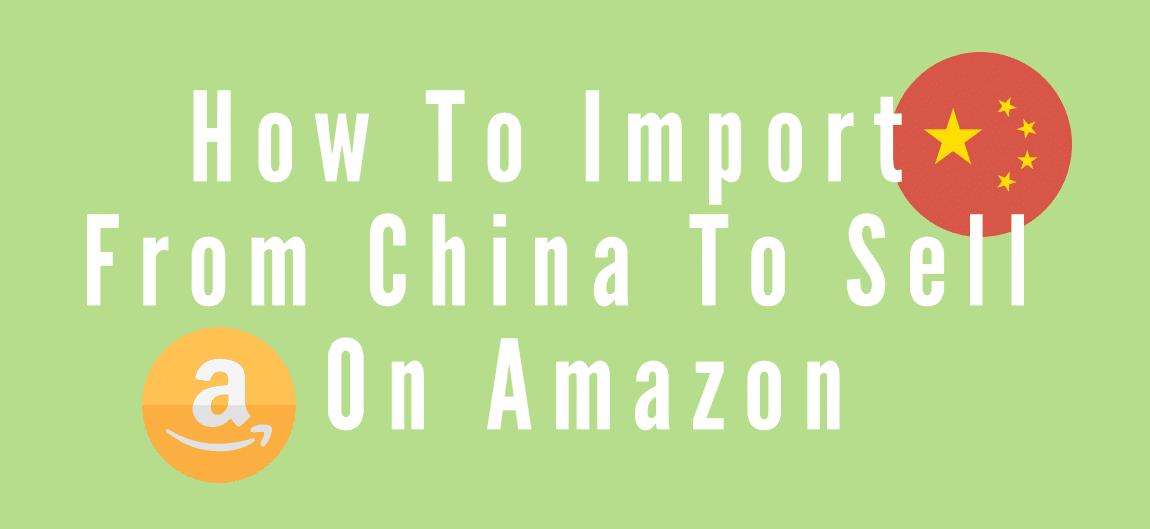

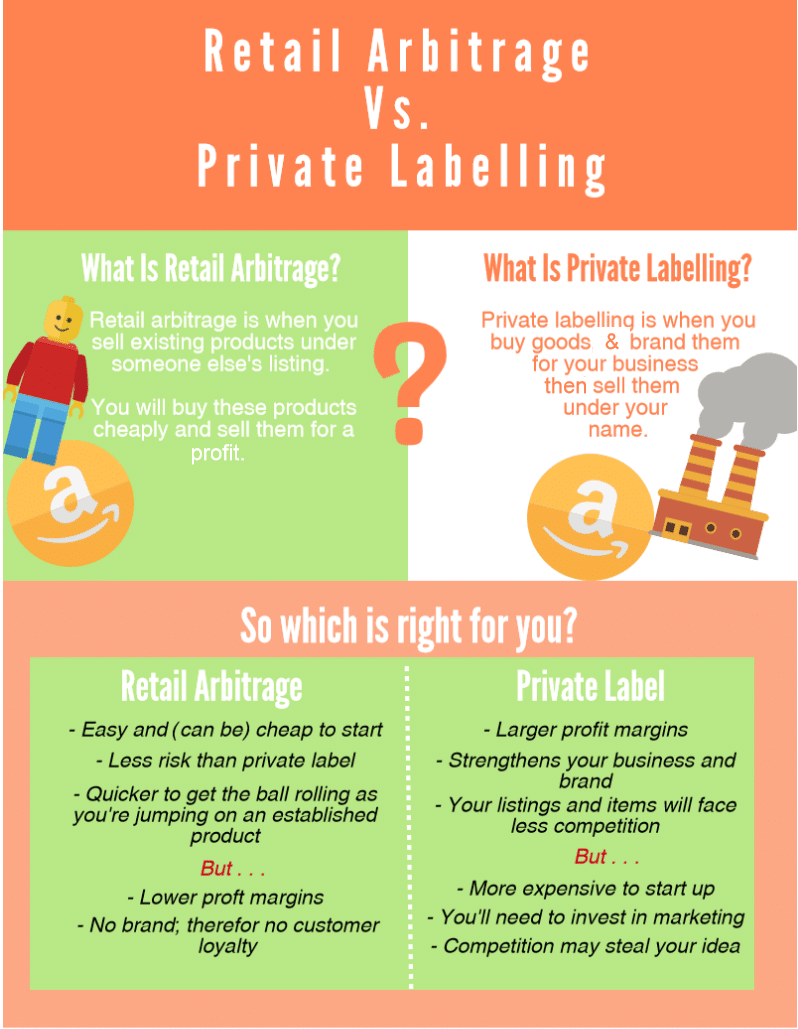
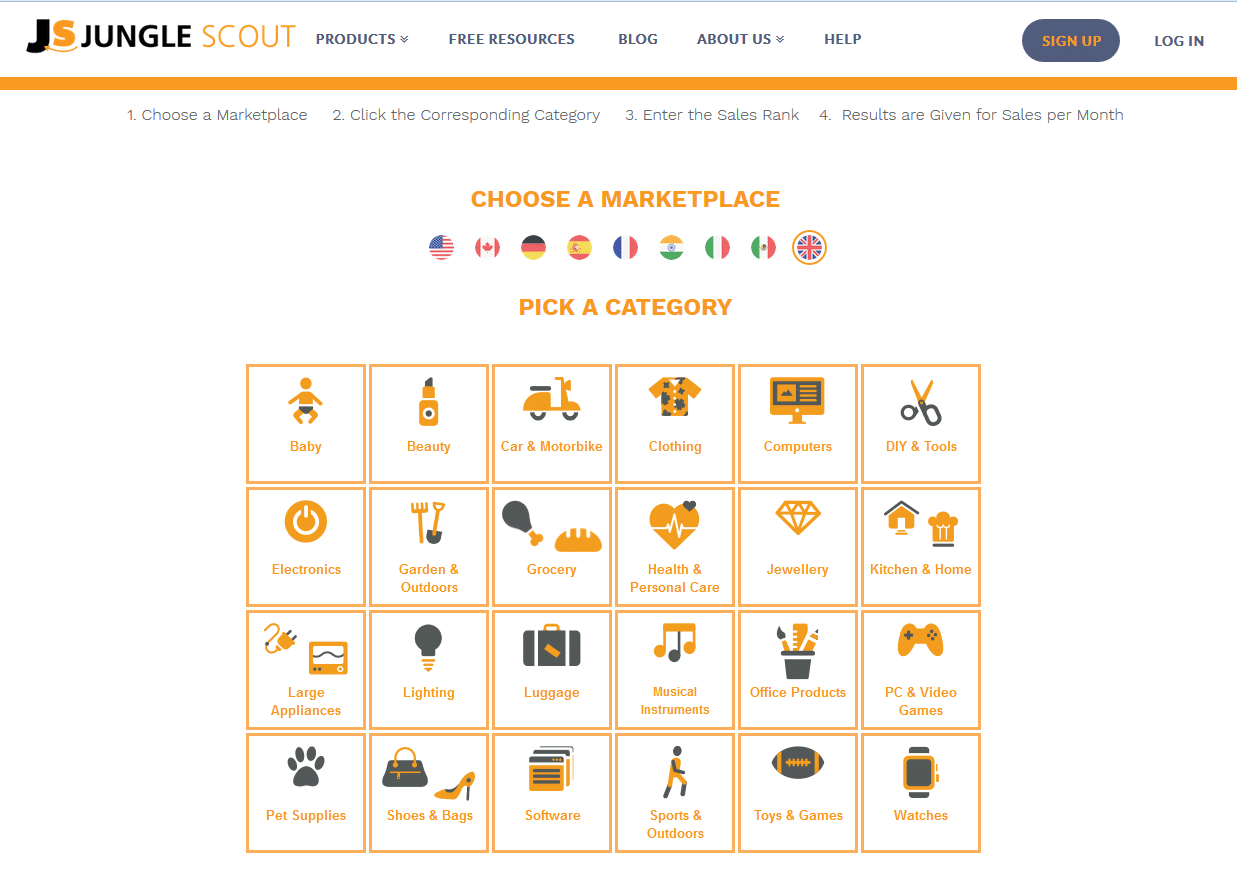
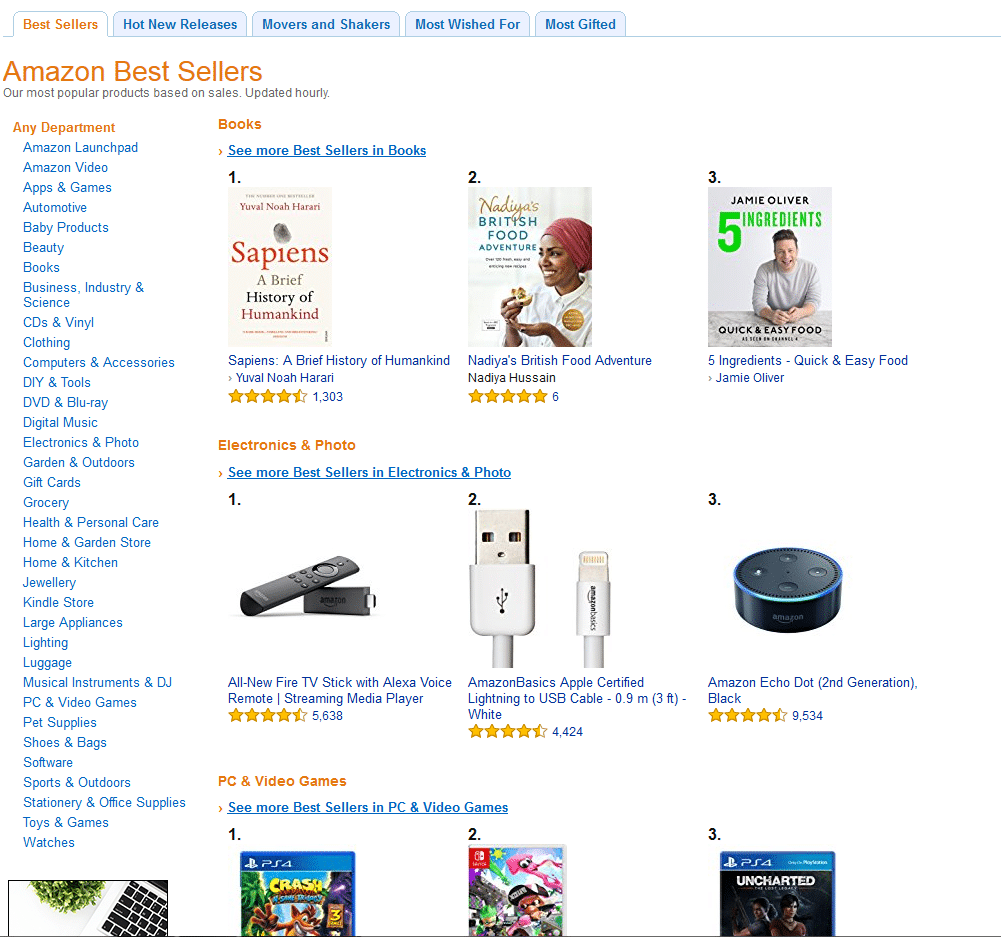
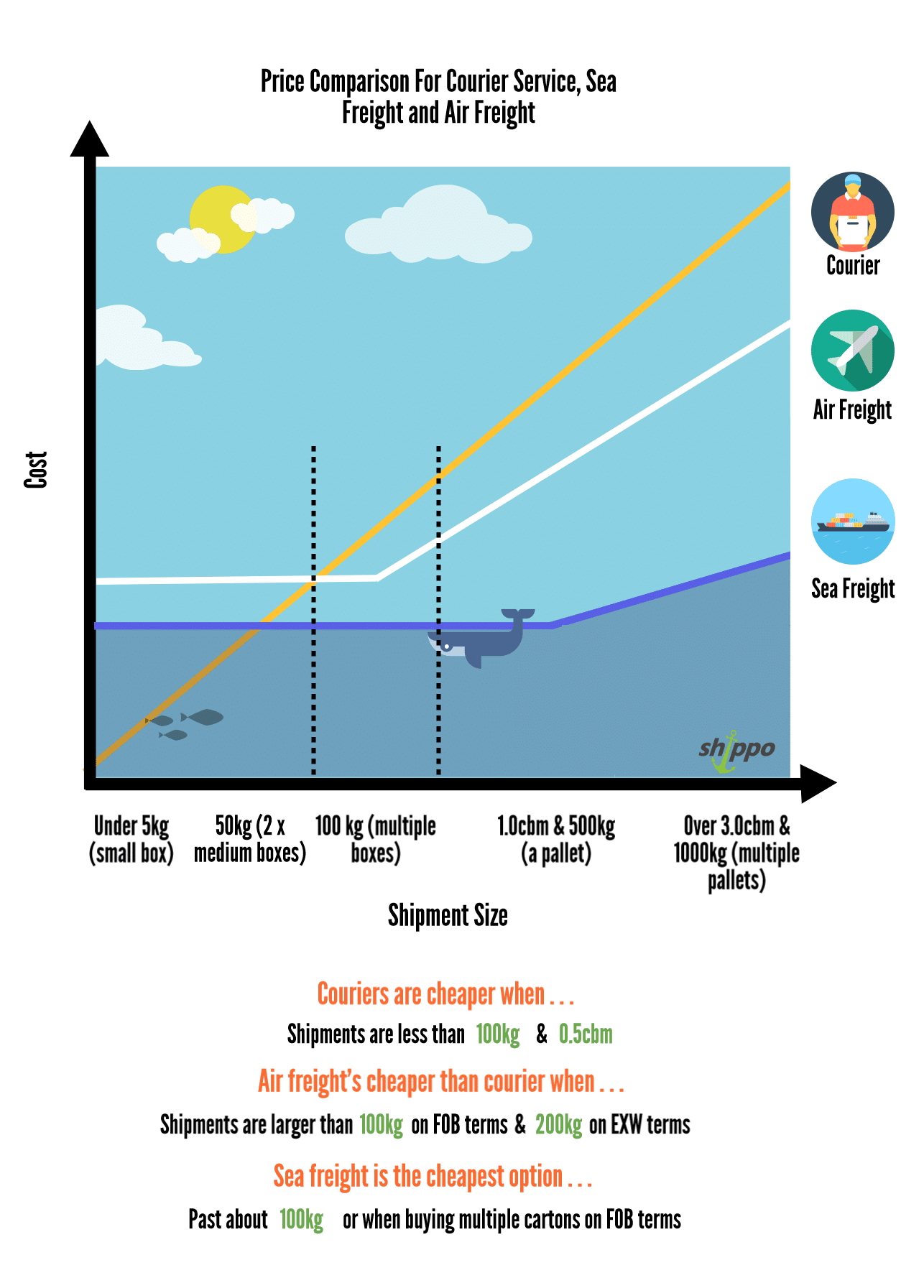
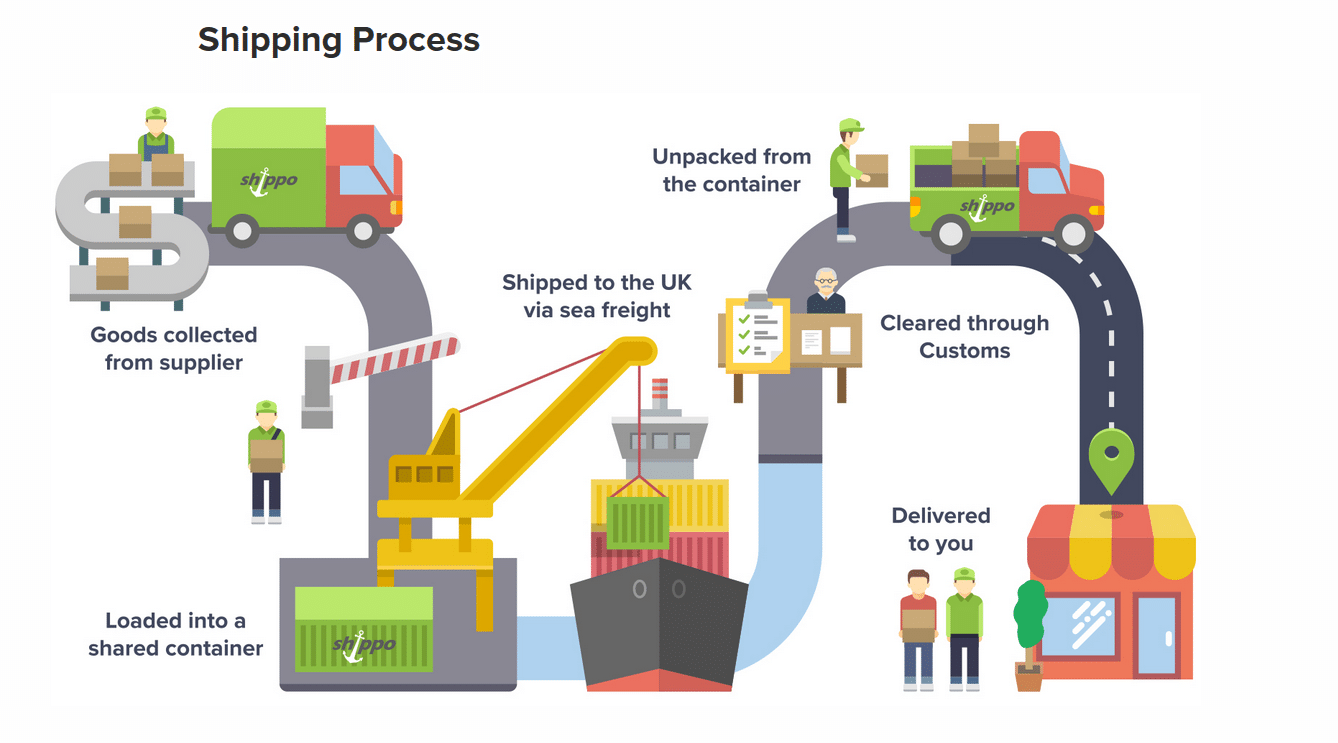
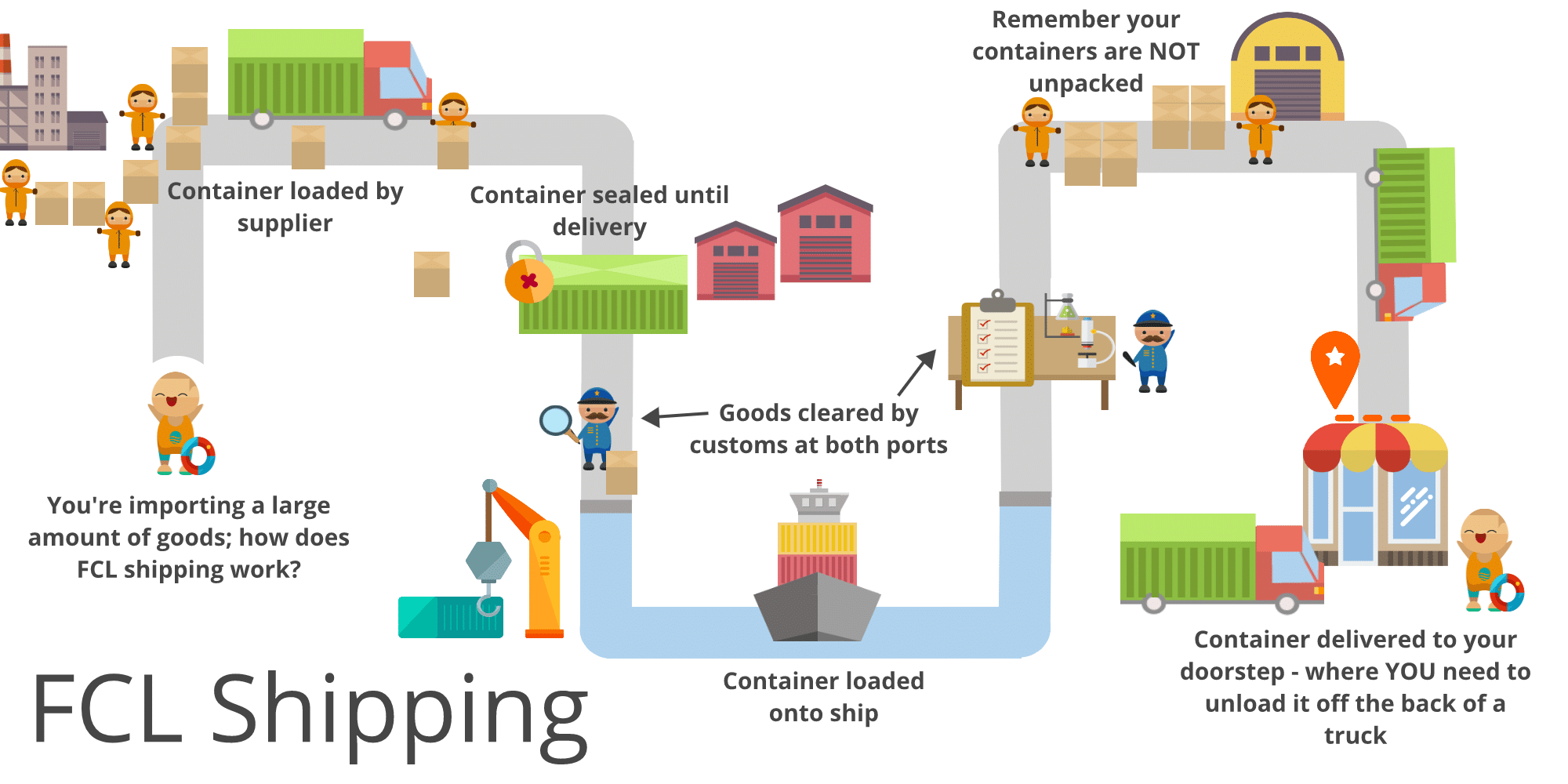
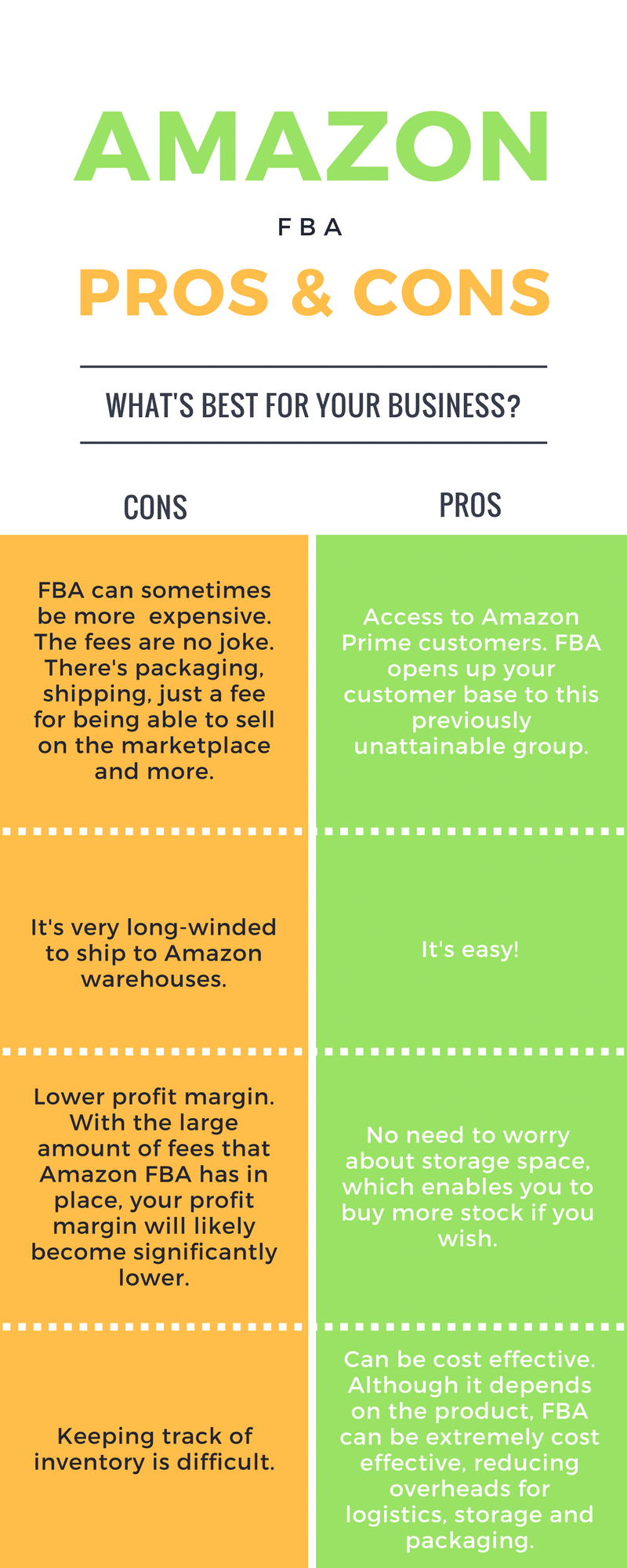
 If you haven’t arranged a set booking slot in which to deliver your goods to an Amazon FBA warehouse, you can use any of the recommended experienced couriers to take your goods to a warehouse.
If you haven’t arranged a set booking slot in which to deliver your goods to an Amazon FBA warehouse, you can use any of the recommended experienced couriers to take your goods to a warehouse.